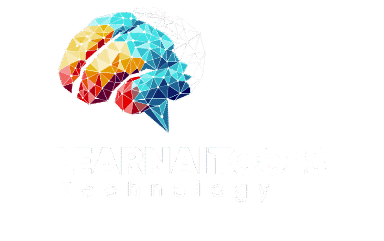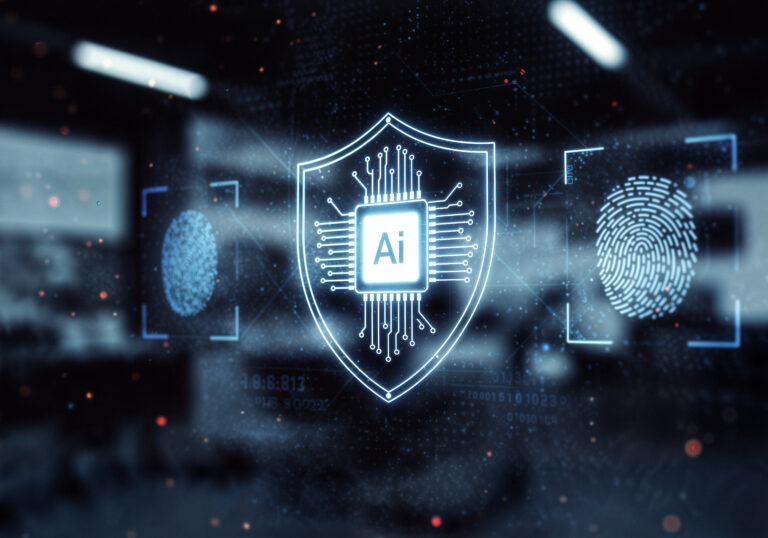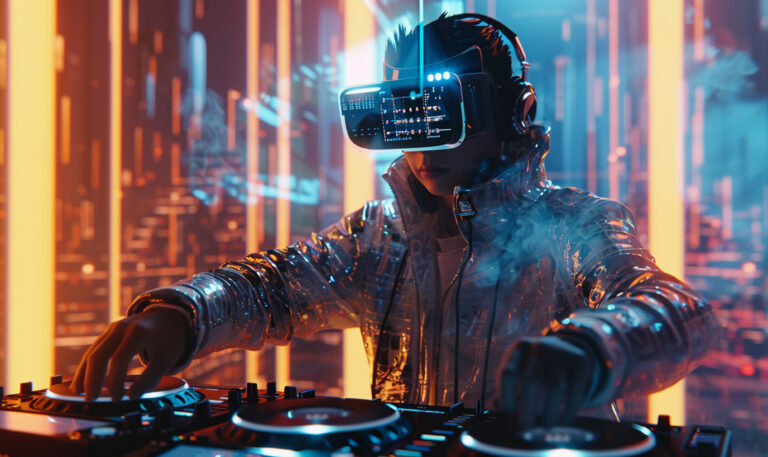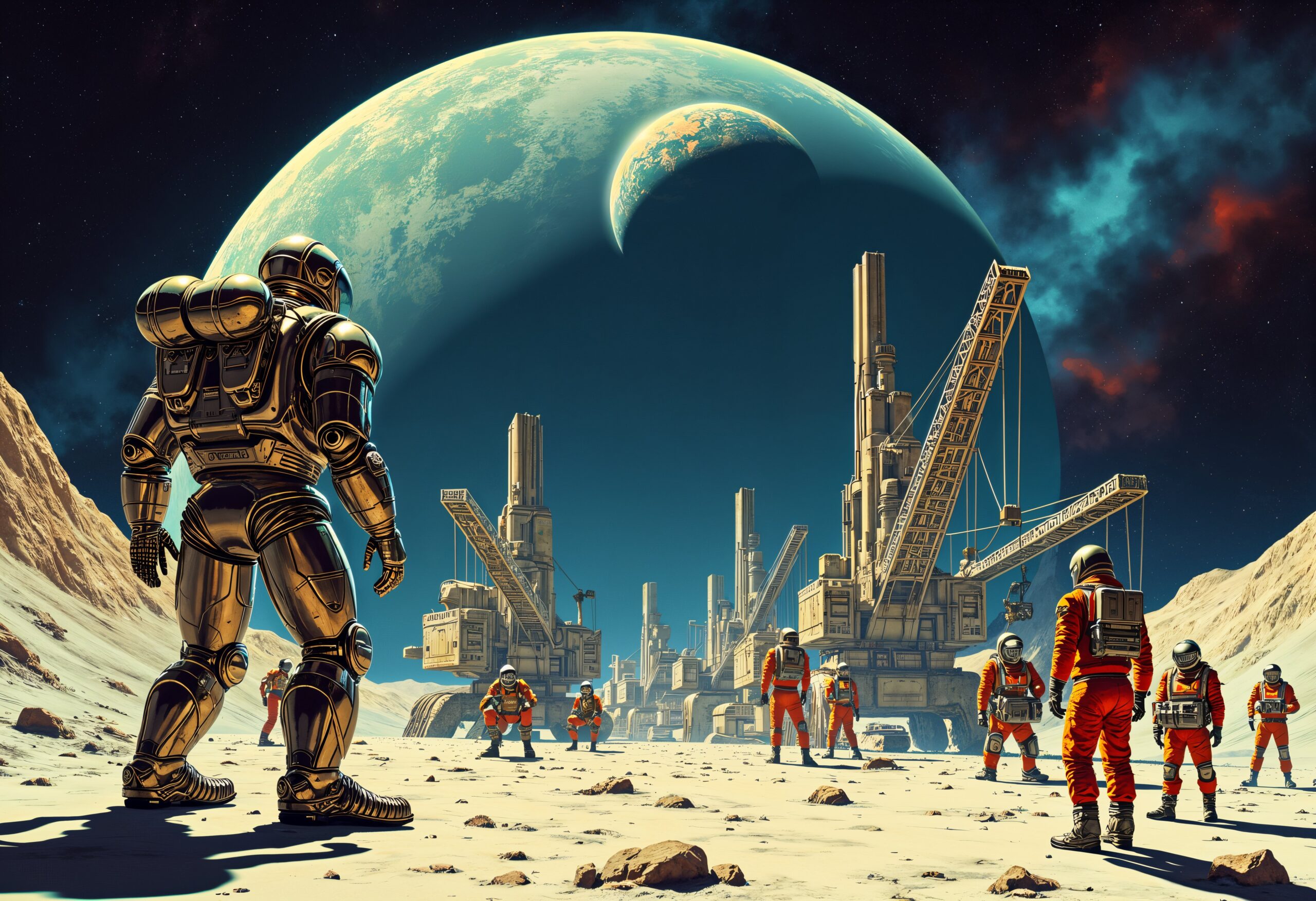
Space AI Missions 2025: Shaping the Future of Space Exploration
Introduction
Space AI Missions 2025 represent one of the most exciting milestones in the history of space exploration. Artificial Intelligence (AI) is no longer confined to Earth—it is now reaching for the stars. From autonomous rovers on Mars to deep-space probes powered by smart algorithms, AI is transforming how humanity explores the cosmos. The year 2025 stands as a turning point, where missions are becoming faster, safer, and more data-driven, thanks to advanced AI.
The Rise of AI in Space Exploration
Space AI Missions 2025 are built on decades of progress in machine learning, robotics, and big data analytics. Space agencies like NASA, ESA, ISRO, and private companies such as SpaceX and Blue Origin are leveraging AI to achieve breakthroughs that were once science fiction.
AI helps spacecraft navigate autonomously, process massive volumes of space data, predict system failures, and even make real-time decisions without human intervention. This makes missions more efficient and cost-effective.
Why 2025 Is a Defining Year
The year 2025 is crucial because of multiple high-profile Space AI Missions 2025 that are set to launch. These include:
- Mars Exploration Rovers using AI for autonomous navigation.
- Asteroid Mining Missions where AI identifies and extracts valuable resources.
- Satellite Swarms managed by AI to provide global internet and climate monitoring.
- Deep Space Probes that rely on AI to operate independently far from Earth.
These missions highlight how AI is no longer an assistant but a co-pilot in space discovery.
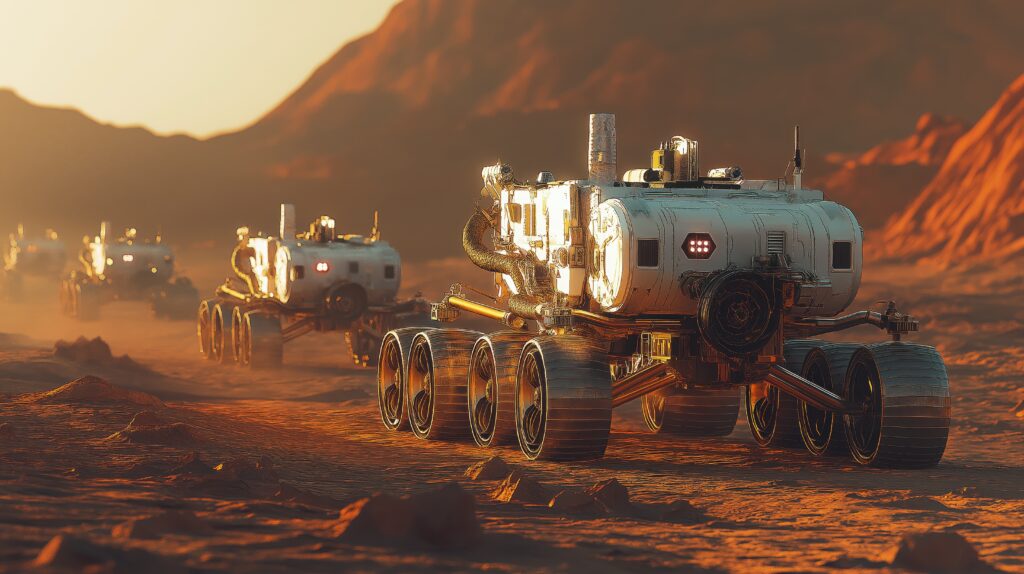
Key Benefits of Space AI Missions 2025
1. Autonomous Decision-Making
Spacecraft face communication delays when operating millions of kilometers away. Space AI Missions 2025 allow probes and rovers to analyze data and make decisions instantly without waiting for Earth’s approval.
2. Efficient Data Processing
AI can process terabytes of images and signals from planets, stars, and galaxies much faster than human teams. This means scientists receive analyzed results instead of raw data.
3. Cost Reduction
By reducing the need for human monitoring and minimizing errors, AI lowers mission costs significantly.
4. Safety and Risk Management
AI predicts technical malfunctions, adjusts spacecraft trajectory, and avoids hazards like asteroid collisions, increasing the safety of space missions.
Major Space AI Missions 2025 in Focus
1. Mars AI Rover Program
One of the most anticipated Space AI Missions 2025 is the deployment of next-gen Mars rovers. Unlike previous rovers, these will use AI to detect signs of life, navigate rocky terrain, and optimize drilling sites for soil analysis.
2. AI-Powered Lunar Base Support
AI will assist astronauts in building sustainable lunar bases by controlling robots that transport materials, maintain habitats, and ensure life-support efficiency.
3. Asteroid Mining Operations
Mining rare minerals from asteroids has always been a dream. Space AI Missions 2025 are turning it into reality with AI-powered robotic miners capable of detecting resources, extracting them, and sending data back to Earth.
4. Satellite Constellations
AI-driven satellite constellations will revolutionize global internet coverage, weather predictions, and disaster management systems.
5. Deep Space Exploration
Perhaps the most ambitious part of Space AI Missions 2025 is exploring deep space. AI-powered probes will travel beyond the solar system, analyzing cosmic signals and searching for habitable planets.
Ethical and Technical Challenges
While Space AI Missions 2025 bring immense potential, they also raise challenges:
- Autonomy vs. Human Control – Should AI be allowed to make mission-critical decisions without human supervision?
- Cybersecurity Risks – AI-driven spacecraft are vulnerable to hacking and data manipulation.
- Ethical Concerns – The militarization of AI in space could pose risks if not properly regulated.
- Reliability Issues – If AI makes a wrong decision, it could compromise entire missions.
Addressing these challenges is essential to ensure that AI remains a positive force in space exploration.
The Role of Private Companies
Companies like SpaceX and Blue Origin are at the forefront of integrating AI into missions. Space AI Missions 2025 will likely see private-public collaborations where companies handle logistics and governments manage scientific objectives.
Private AI systems will optimize rocket launches, manage fuel efficiency, and even predict weather patterns for safe takeoffs.

AI and Human Collaboration in Space
A unique feature of Space AI Missions 2025 is the collaboration between humans and AI. Instead of replacing astronauts, AI is acting as their assistant. It can monitor astronaut health, optimize workloads, and reduce risks by handling dangerous tasks like radiation monitoring or hazardous material handling.
Future Beyond 2025
Space AI Missions 2025 are just the beginning. Looking ahead, we can expect:
- AI-driven terraforming experiments on Mars.
- Self-replicating robots building infrastructure on other planets.
- AI-powered telescopes discovering Earth-like exoplanets.
- Interstellar travel missions guided entirely by artificial intelligence.
This future promises a new era of space colonization and exploration that blends human courage with machine intelligence.
Conclusion
Space AI Missions 2025 are more than technological achievements—they symbolize humanity’s dream to explore the unknown with the help of artificial intelligence. From Mars rovers to asteroid mining, from lunar bases to deep space probes, AI is becoming the backbone of modern space exploration.
As we step into 2025, the partnership between humans and AI in space missions marks the dawn of a new cosmic revolution. The future of space exploration is not only about rockets and spacecraft but also about smart, self-learning systems that can adapt, survive, and thrive in the harshest conditions of the universe. To dive deeper into how AI is reshaping industries and innovation, explore more insights at Learn AI Tools.
